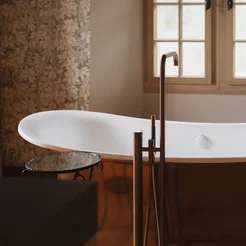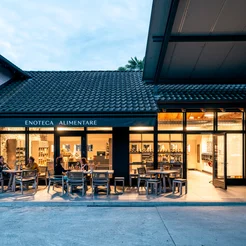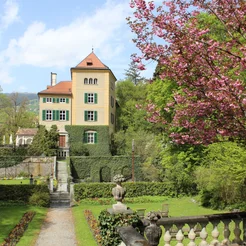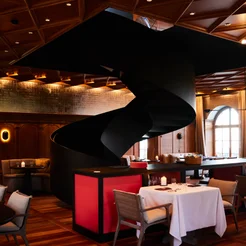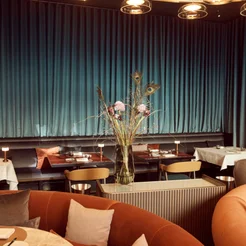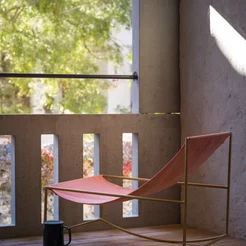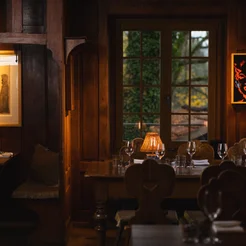One grape, many options
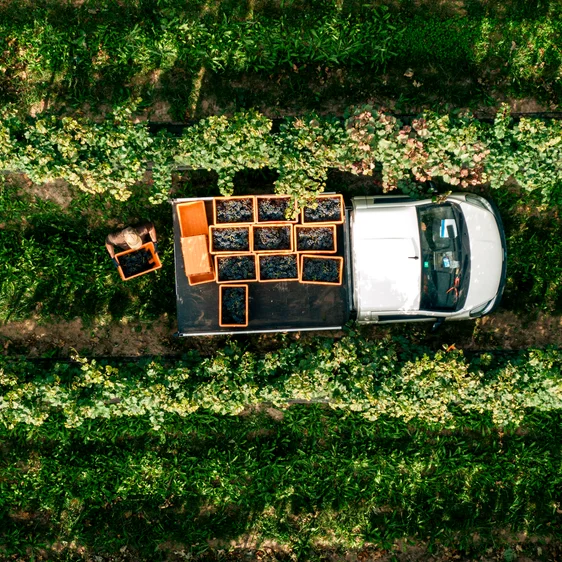
A journey into the secrets of Cantina alla Maggia's Merlot
The possibilities of the merlot grape are endless, as a visit to the Cantina alla Maggia reveals. Whether it is transformed into a light white wine, a sparkling rosé or a full-bodied red wine is determined by the secrets of winemaking. And this is an art based on complex decisions. Ettore Biraghi, head oenologist at the Cantina alla Maggia, makes the first one even before the grapes have been harvested.
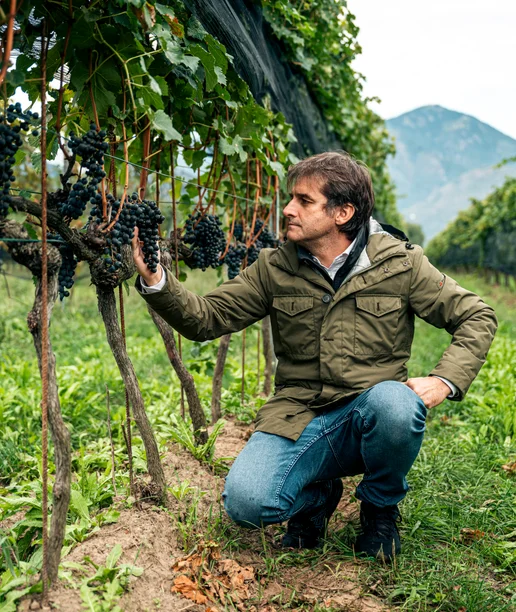
The Art of Harvesting
Timing the perfect grape for wine
The grapes hang heavy on the vines at the Cantina alla Maggia. On this glorious autumn day in September, Ettore Biraghi picks two of the juicy berries, extracts the seeds and places them carefully in the palm of his hand. For a layperson, it looks as if he is peering into a crystal ball. But for the experienced winemaker, it is a proven method for determining the right time to bring in the harvest.
“If they are brown, the grapes have already acquired intense aromas. We use these to make our red wines, like the Ascona Riserva, Il Querceto Riserva and Barbarossa Riserva. If the seeds are still fresh and green like these, they are ideal for white and rosé wines”, he explains.

White wine from dark grapes?
That’s right.
Blanc de noir is the term used for a white wine made from red grapes. Because however dark the skin is, the flesh inside is colourless. And if the merlot grapes are pressed very gently without leaving the juice in the mash for too long, the wine shimmers in a light- yellow hue and has a fresh, elegant aroma.
The La Lepre wine from the Cantina alla Maggia consists of up to 70 percent merlot and is enhanced with other white grapes. For the La Pernice rosé, Ettore Biraghi leaves the skins in contact with the must just long enough to extract a delicate pinkish-red colour and a trace of the tannin structure.
Ettore Biraghi and his team also use activated carbon to remove specific colour tones and obtain an unusually light and luminous shade of rosé.

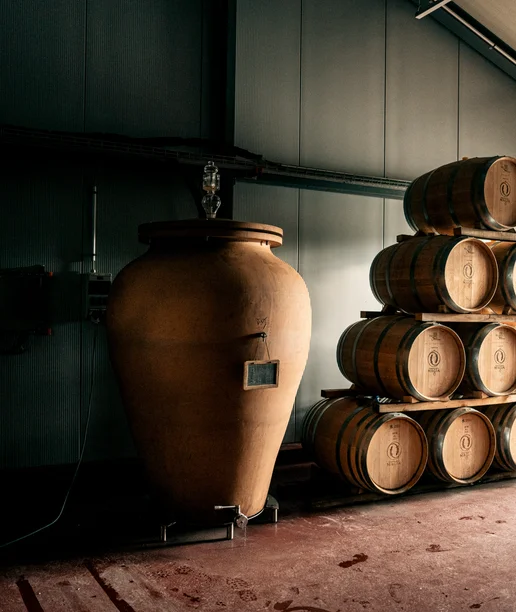
Terracotta amphora, wooden barrel or steel tank?
The next decision is made in the wine cellar: terracotta amphora, wooden barrel or steel tank? Each material influences the maturation of the wine in its own way.
The stainless steel tanks are used for white wines and light rosés. This kind of reductive — i.e. anaerobic — storage prevents oxidation, preserving the freshness and fruit flavours of the young wine. If Ettore Biraghi wants to retain the original character of the grape as far as possible, he selects the amphora. “The porous structure of terracotta allows a subtle supply of oxygen, lending the wine a fine texture and an authentic aroma.” Barriques are indispensable for more complex wines, like the Ascona Riserva or Il Querceto Riserva. The oak barrels give a merlot depth and structure. The wine takes on a woody flavour and light tannins, making it more full-bodied and rounder. The prizewinning wines from the Cantina alla Maggia are stored for up to 30 months, giving them time to develop their elegant, complex taste.

Barriques are indispensable for more complex wines. The oak barrels give a merlot depth and structure.
Whether a steel tank, terracotta amphora or oak barrel is used, all bear a plaque with a numerical code that shows, for example, the location and age of the vines whose grape juice is aging inside. This information is the basis for the next decision: Which young wine from which vines should go in which barrel?
This is where Ettore Biraghi’s extensive experience comes into play. For two years now, the Italian has been responsible for the wines of the Cantina alla Maggia, and for fulfilling his goal of being “Best in Class” in all wine categories. After earning a degree in viticulture and oenology in Milan, he has called Ticino his winegrowing home since 2012. As a multiple award-winning winemaker — including Rookie of the Year (2017) and one of the “best winemakers in Southern Switzerland” (2019) according to Gault & Millau — Ettore Biraghi is a leading figure in the wine industry in Switzerland and abroad.
-
From harvesting and fermentation to ageing, winemaking is a transformation process that requires a good eye, but also a keen instinct for new trends, because preferences in wine are changing. Today, light wines are more in demand and rosé has gained popularity.
“Thanks to regular feedback from our sommeliers Antonio Pischedda (Cantina alla Maggia), Sergio Bassi (Castello del Sole) and Stefano Petta (Director of Wine of The Living Circle), I can respond to what our guests want”, says Ettore Biraghi.
Nonetheless, he does need some lead time. To increase the production of Merlot white wine, the vines are pruned significantly in winter. The more fresh shoots Biraghi leaves behind in spring, the more grapes will grow. That way, the grapevine can distribute all its energy to the many berries. As a result, the wines made from these grapes are light and fruity. The rosé introduced to the market in spring 2025 reflects the new trend, not only in terms of flavour. The colour is also lighter and more luminous. “Because as with food, the visual aspect plays an important role when choosing a wine.”
Anina Rether


